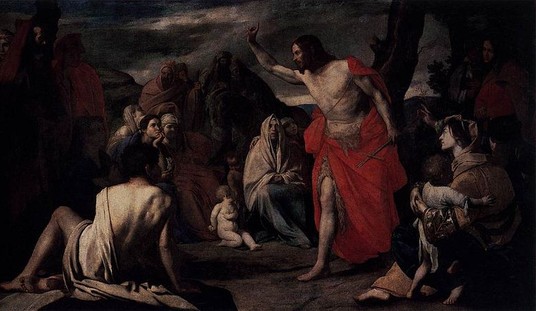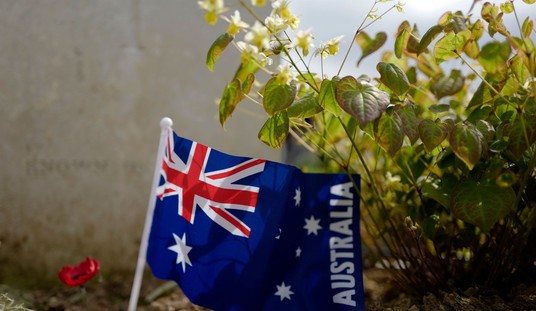http://www.youtube.com/watch?v=TaBVLhcHcc0
F. Scott Fitzgerald’s great American novel leaps to life this week in Baz Luhrmann’s frenetic-yet-haunting version of The Great Gatsby. The classic story of old and new wealth, conspicuous consumption, and the shattering of illusions, myths, and lives has only rarely been tackled by Hollywood (just 5 times, including this version), but it’s practically designed for the big screen. In some ways, it’s the story of Tinseltown itself with its emphasis on excess and its hollowness, although the story is set on the other coast. And perhaps with knowing irony, this lush version by Luhrmann falls prey to some of the same vices, but it’s impossible to resist despite those flaws, or perhaps even because of them.
Luhrmann’s over-the-top cinematic style seen in Moulin Rouge is much in evidence here, if somewhat more disciplined. Luhrmann lets loose in the big-budget party scenes that look at times like a flashback to Busby Berkeley musicals, but the music is annoyingly out of synch with the period. As in Moulin Rouge and perhaps with an eye to the soundtrack sales potential, this 1922 period film sounds an awful lot like 2012’s top dance mixes at times. That’s obviously a deliberate choice, but the effect (as in Moulin Rouge, although nowhere near as bad) is to pull the audience out of the period.
The pace at the beginning practically throbs in scene cuts, motion, cinematography, and colors that almost appear painted on the screen. Any scene of driving turns into Mr. Toad’s Wild Ride, including one shot of a convertible filled to overflowing with champagne bottles, ice, and barely-clothed women. Talk about wretched excess. It’s so over-the-top that it’s unclear whether Luhrmann is skewering the Roaring Twenties or himself.
It’s great fun, though, even if somewhat disjointed. Everything starts to cool down about halfway through the film. The colors start to decline from Vincent Van Gogh-esque energy to pastels and wood grains, and then down to shadows. This tracks with the narrative — more on that in a moment — but it has an obvious feel to it. A bad-boy hotel romp in the beginning looks passionate and exciting despite its corrupting nature; the critical hotel scene at the end looks tired and tawdry despite its ultimately futile attempt at clarity. By the end of the film, the picture looks and feels as exhausted as Nick Carraway (Tobey Maguire), but perhaps Luhrmann could have trusted the audience with a little more subtlety. As this film and Moulin Rouge prove, however, subtlety is not Luhrmann’s forte, and the result is that one feels as though the film makes its points with a beautifully gilded and bejeweled sledgehammer at times.
The film stays remarkably true to the novel in plot and dialogue while being for large stretches surreal on the screen. Luhrmann and Craig Pearce stick more closely to source material than most Hollywood productions, but the framing device of Carraway undergoing therapy and authoring the novel is clunky and clichéd. Otherwise, Fitzgerald’s narrative and characters come to life in the hands of a skilled cast, with one exception — Jordan Baker. That’s not a criticism of actor Elizabeth Debicki, but of the script; the character disappears almost entirely after her role in roping Nick into helping Gatsby (Leonardo DiCaprio), and with it part of the character development of Nick.
DiCaprio shines as the enigmatic Gatsby, whose mystery and corruptions — real and rumored — hide Gatsby’s incorruptible ambition to win Daisy Buchanan (Carey Mulligan) back. Gatsby’s ambition blinds him to the futility of his desire to return to a past that has long since died, but DiCaprio has us believing he might pull it off anyway. Mulligan gives us a languorous Daisy, whose outward innocence hides her own longtime corruption. Left unspoken is that Gatsby’s entire approach to woo Daisy back practically admits to knowing that corruption, and he misses the chance she offers him for them both to escape it — by running from the trappings of wealth. Joel Edgerton is a little two-dimensional as the brutish old-money Tom Buchanan, but Isla Fisher does better as his doomed mistress Myrtle.
All in all, this is a film with flaws, but even the flaws are worth watching unfold on the big screen. The 3-D effects are put to good use, although the spectacle will awe audiences in the traditional format, too. Even when Luhrmann’s style gets a little too heavy-handed, this is a film driven by its story, and The Great Gatsby is one of the most compelling stories written by an American author in and of the 20th century. It may teeter into wretched excess at times and have its own creeping corruption at others, but Luhrmann’s The Great Gasby is a spectacle that has to be seen and experienced.
The Great Gatsby is rated PG-13, mostly for language and a few non-explicit scenes with sexual content, although there are a couple of episodes of violence. It’s not for young children, who would probably be bored with the rest of the film anyway. On my scale below, this is definitely a 5:
- 5 – Full price ticket
- 4 – Matinee only
- 3 – Wait for Blu-Ray/DVD/PPV rental or purchase
- 2 – Watch it when it hits Netflix/cable
- 1 – Avoid at all costs
Addendum: The theater we usually frequent just added a descriptive-audio service for the visually handicapped, and this is the first film my wife used it. The First Mate is totally blind, so normally I explain the visuals of the film when the dialogue isn’t sufficient to keep up. While there were a few issues with the headset and volume, my wife found this system extremely helpful. We’re looking forward to using it much more often in the future, and hopefully the option will become ubiquitous.








Join the conversation as a VIP Member